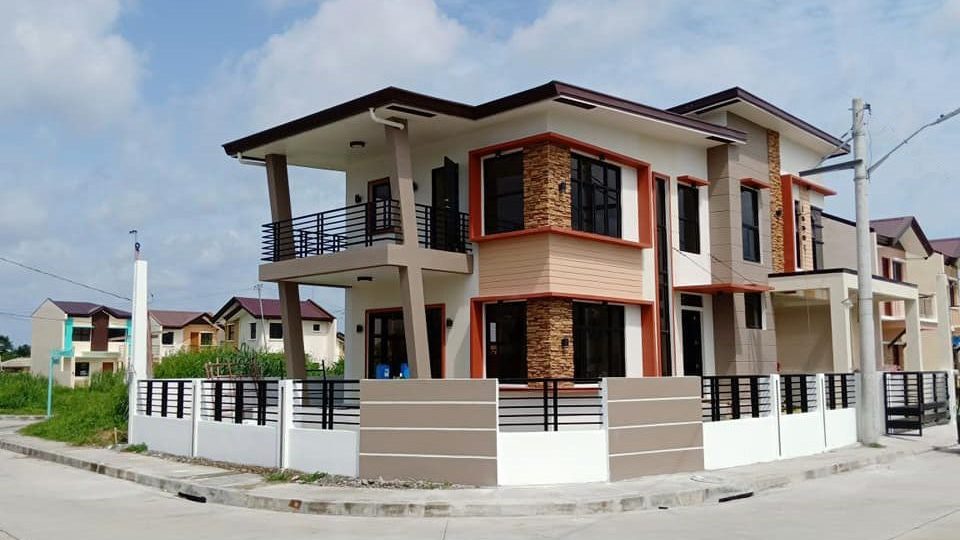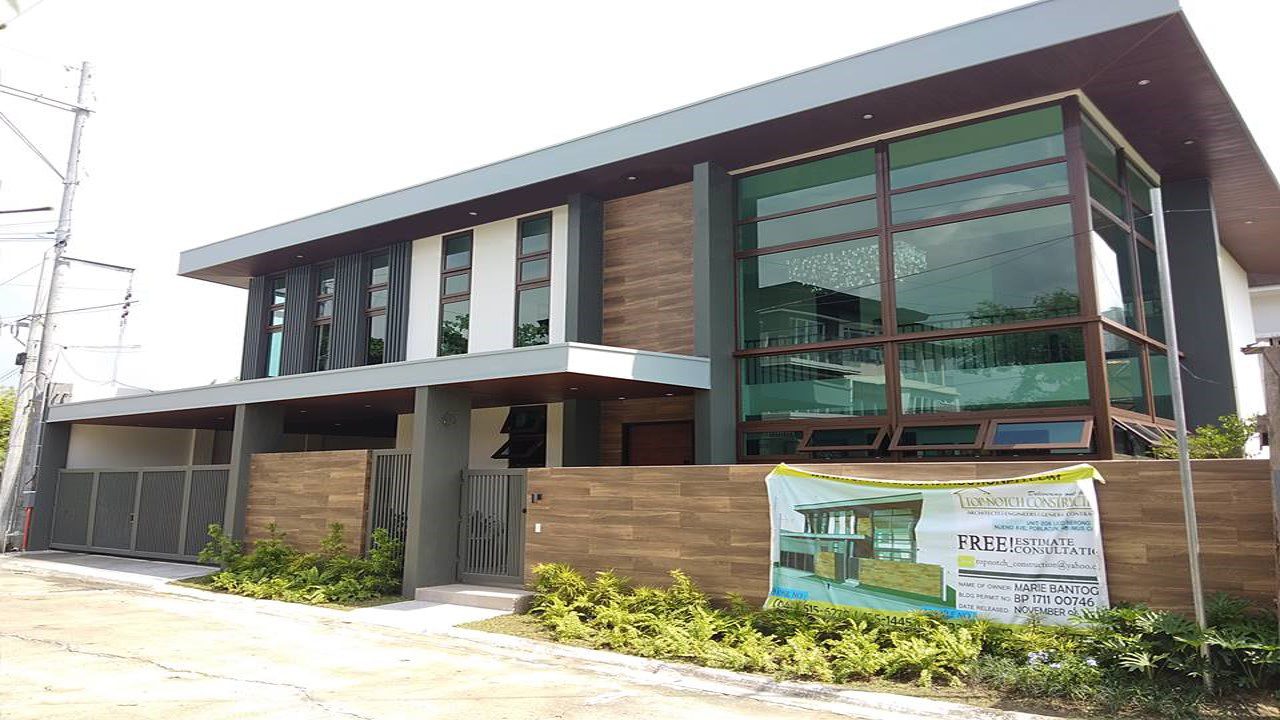CONSTRUCTION PLANNING
What is Planning?
Planning is an art, and the art of planning exist only among human beings. This power to be able to plan distinguishes man from the other members of the animal kingdom.
Planning is a philosophy. Looking ahead is way of thinking, a concern about the future effects today’s actions. Planning involves a state of the mind that recognizes the need for orderliness and the value of direction. Individual planners may sway between optimism and pessimism, but they dare not stray too far from reality.
Planning is integration. Both long and short range plans provides a unified structure to give purpose to the organizational units involved. Broader plans consider the client, the supplier and other peripheral contact of the construction company.
Planning is a process. Goals and objectives are the most obvious consequence of the planning process. A loose objective of the survival or of making profit is a poor guidelines clearly inadequate for steering a home builders' team.
Planning is a collection of procedures. All construction companies make plans ahead to some extent and apply their own methods of doing so. In small construction company, one person may do it all, but larger construction companies have standard guidelines and procedures for formulating and carrying out plans.
Why Plan Your Construction?
The development through construction planning is a natural field for contractors and home builders as they are in a better position because of their training and experience. However, for a good planning, intelligence and experience are necessary. And for a plan to be successful, it must be prepared by those were trained and qualified to do the job.
The pre-planning stage establishes and determines the direction and success of ay construction project. Unfortunately, it seems that some engineers, construction company and contractors have not given the pre-planning emphasis despite their one direction of going there.
For building construction, planning includes the material delivery schedule, manpower loading schedule, equipment schedule and of course the construction schedule or the order of the activities. Large construction company with big projects tends to put more resources on the planning effort because mistakes and errors during the construction phase will have a lot of cost specially for large scale projects. Small contractors on the other hand which deals mostly with residential and small scale commercial projects usually do the planning on their heads. This is because residential projects and small construction in general follows almost the same path of works which can be easily memorized by an engineer or home builders. Putting them on papers or asking their assistant to take note of some dates is of course very helpful once the number of projects handled by the contractor started to grow.
Stages of Construction Planning
Planning starts by dividing the construction works or scope in bits and pieces of manageable size which can be called as activities. Activities will be determined and be further subdivided by considering factors such materials used, skilled person needed and the preceding and succeeding activities. After the activities have been established, their chronological order now needs to be put-in-place. This is where the knowledge of an experienced contractors or home builders come in handy. The factors which determine the orders of the activities are the following.
Factors that affects Construction Planning
- The fixed order - This is the very basic form of arranging the activity. Some activity must comes first before the other. Concrete hollow blocks must be installed first before the plastering works can proceed, structural works start from the foundation and not from the roof top, concrete slab must be laid first before installing the tiles, ceiling and walls cannot be painted if it is not installed yet, and so on. This is the order of works that is fixed and cannot be rearranged.
- . Economy - This determines which arrangement will yield most profitable result. Building contractors who need to lower their bids to get projects and then have to find a way to make a profit out of it are always on the look-out for this kind of opportunity to minimize cost by arranging the activities in the most efficient manner. This kind of skill will need deep knowledge and wide experience in construction projects. Contractors usually arranged activities in such a way that wastage, damages and rework are minimize in the project. One example is for painting, skilled home builders will not let the painting works proceeds while the carpentry works or the tiles works is ongoing. Because those works creates a lot of dust that will stick to the newly applied paint which will result to a rework and waste of materials.
- Speed - Time is gold. It applies to construction schedule just the same. Activities are arranged so as the project is completed at the earliest possible time. Contractors who failed to make an effective construction plan at the start of the project usually results in delay. And for project which are currently delay, speeding up the work by rearranging the works and overlapping the activities may prove to be effective. But such tactics may require mobilization of additional staffs, workers and equipments. It may also result to errors and reworks because the workplace may become too crowded. Expediting the work by overlapping the activities will result in additional cost that must be weigh against the cost of having delays.
- Manpower loading - Mobilization and demobilization of manpower and equipment have an equivalent cost. As such, it is ideal that the number of workers and equipments at the construction site remains at the same level through-out the duration of the project. Although this concept cannot be applied perfectly for construction projects, the concept is used as a basis for construction planning.
- Constraints - These refers to some specific issues, such as fixed delivery date for materials or date of release of funds, that limits the start or completion of a certain activity or the whole project.
Once the activities were arranged to their rightful places, then our construction schedule is complete. Next comes the material delivery schedule which can be derived by determining the required duration for procurement, preparation and delivery of the materials and then adjusting them accordingly backwards from the start of the activities in order to determine the date on which a certain materials needs to be procured. Manpower and equipment schedule can also be made using the construction schedule and with the help of a contractors productivity table which determines how many manpower or equipment is needed to perform a job of certain magnitude.
In residential construction, activities are usually arrange in this way;
- Structural works - Refers to the main frame that supports the building. Starts from the bottom going up.
2. Roofing works - usually started after the completion of structural works. Although steel frames can be assembled in advance.
3. CHB laying - Depending the contractor's methodology, it can either come alongside or after the structural works.
4. Plastering - obviously should follow chb laying.
5. Waterproofing and topping - usually follows after plastering works.
6. Windows installations - can be installed after plastering is completed.
7. Doors installation - Jambs can be alongside or after plastering, but the door itself can be installed later depending on the contractors preference. Exterior doors are usually installed first to provide building security and water-tightness of the structure.
8. Ceiling installation - This comes in two parts. The ceiling frame can be started after the plastering or the roofing is completed. While the enclosure should be installed after all electrical and auxiliary wiring were completed. It is also advisable that the ceiling enclosure be installed only after the building is already water-tight, that means that waterproofing was completed and exterior doors and windows were already installed.
9. Floor tiles installation - Should come after plastering, waterproofing and topping works. Alternately done with ceiling installation to avoid overcrowding of the work area.
10. Wood flooring - Installation of wood panels can be done once the building is watertight. Sanding and varnishing can be done during or after painting works. If done during painting works, protection for the floor must be provided after completion.
11. Carpentry works - Comes when the building achieve water-tightness. Ideally comes after the tile works.
12. Fixtures installation - Usually done before or during painting works.
13. Painting - Usually is the last part of construction work. Although putty application and preparatory works can be done in advance. usually after the ceiling completion.
14. Laminated flooring and carpets - Must be installed last to avoid unintentional damages.
Your Construction Company
Top-Notch Construction, as a responsible home builders and contractors, view construction planning as an inherent part of our service. You can be ensured of quality and timely delivery of requirements.
If you are in need of a reliable and honest construction company that can be your partner in building your dream home, please feel free to contract us through the numbers indicated on the top of this page. We have offices located at Imus Cavite, Quezon City Metro Manila, Sta. Rosa Laguna, and Marilao Bulacan.
You can also visit our Free Estimate Page for the immediate quotation of your requirements.
Looking to invest? See
Top-Notch Investment Opportunites.
Check out
home builders Pampanga.








